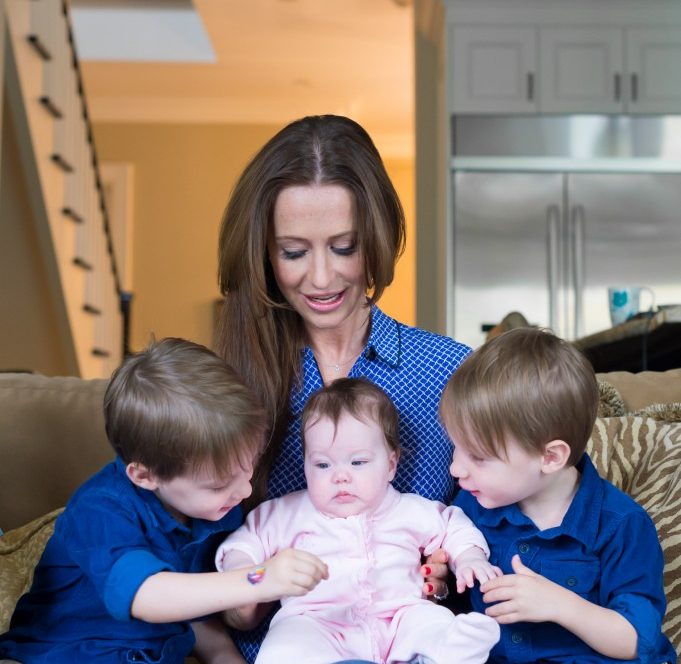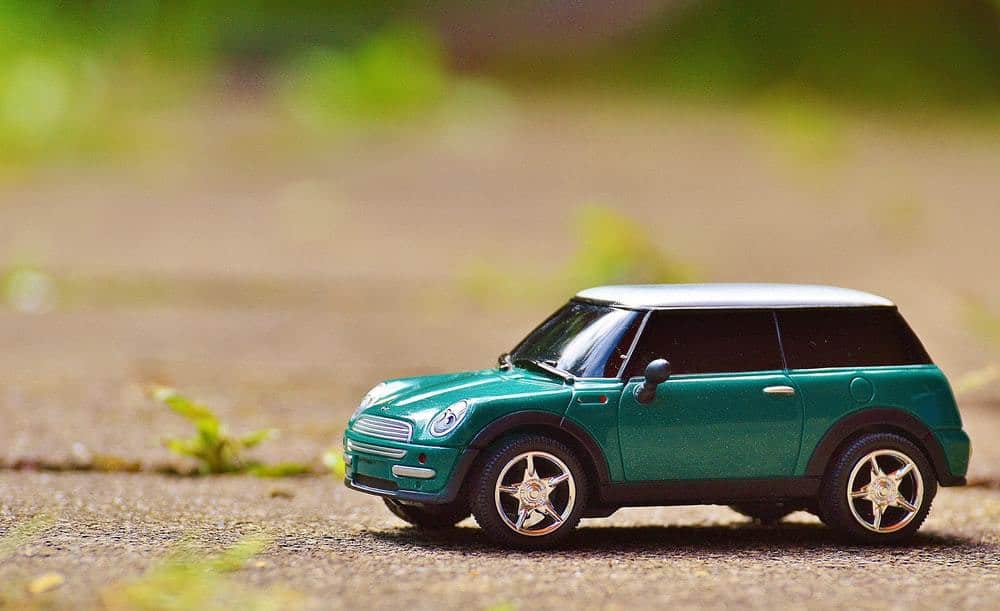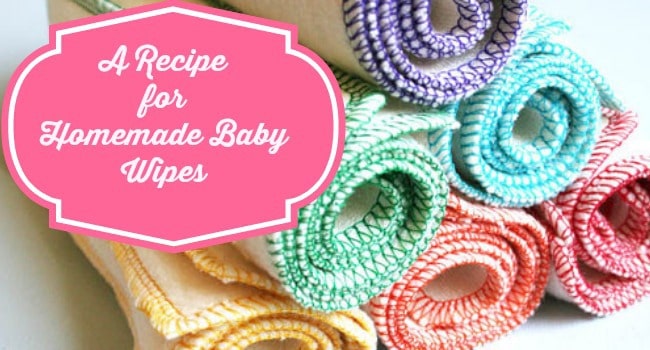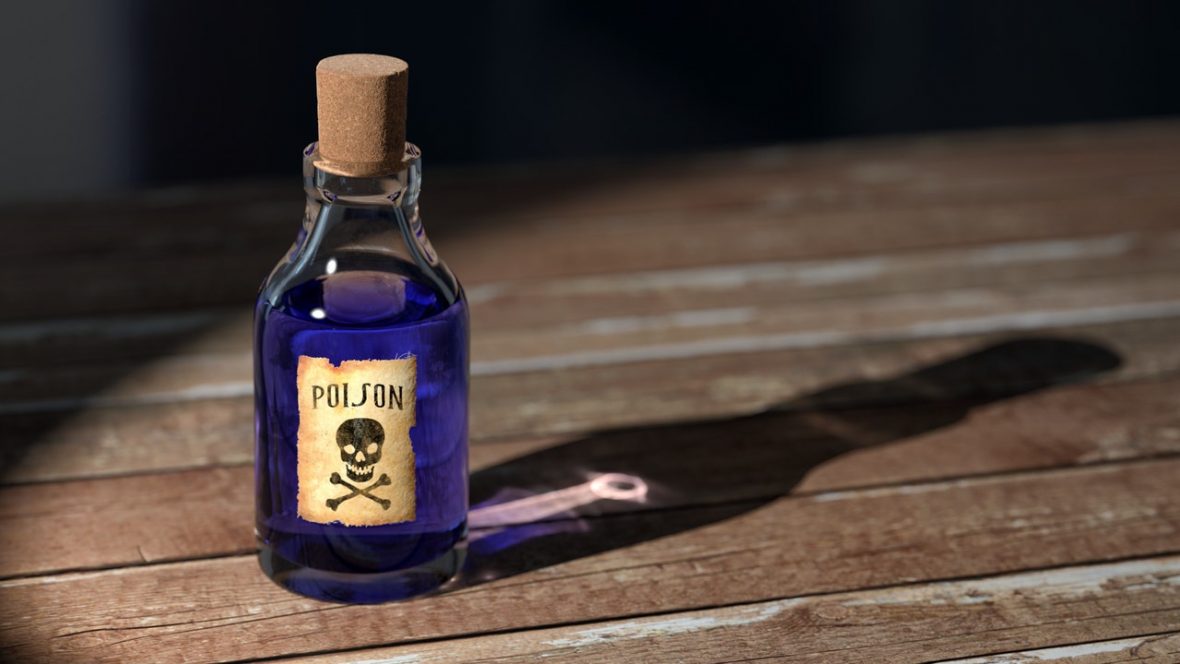Sometimes I just feel so tech-savvy. In Germany to visit a relative, I managed to purchase a SIM card for my android so that I could interview Jessica Mulroney by phone. While eating German kuchen. Speaking English on the phone and German to the waiters. It was quite the day!
Take a moment to consider this sobering thought – whether you’re driving around the corner or heading out on a road trip, accidents can happen at any time.
Results from safety checks across Canada reveal that between 30-80% of child car and booster seats inspected are installed incorrectly. Is yours one of them?
Fact: Car crashes are a leading cause of death and hospitalizations for Canadian children under the age of 14.
From using the wrong car seat at the wrong age, to relying on Dr. Google for instructions on proper car seat installation, parents are unknowingly making potentially deadly travel safety decisions.
Certified Car Seat Installation Technician and Parenting Expert Maureen Dennis is here to explain 5 Ways to Keep Your Kids Safe in a Car Seat:
1. Wrong Seat at the Wrong Age. A common mistake made by parents is not using the correct seat for the child’s height, weight, and developmental stage. This can usually be seen when parents move their child to the next stage too quickly (rushing to get them into a booster seat to accommodate a new baby when they still fit in their harnessed forward-facing seat, for example).
Solution: Know the guidelines of when to make a car seat adjustment and know your child’s height and weight.
2. Car seat not securely installed. Another error often made is when attaching the car seat inside the car. In many cases, the seat is too loosely installed and not tightly secured to the vehicle.
Solution: Your car seat should not move more than 2.5 cm (or 1 inch) in any direction at the base of the seat, right at the seat belt or UAS path.
3. Harness on the child is too loose. How tight is too tight? A common mistake is leaving the harness too loose and not having your child secured properly.
Solution: Conduct the “pinch test”. You should not be able to pinch any of the harness webbing at the child’s shoulder.
4. Placing the chest clip. Another common mistake found is where parents place the chest clip.
Solution: The chest clip should always be at the armpit level – not too low, such as down near their belly button, or up too close- near the neck.
5. Improper placement. Even if the car seat is installed and securely fastened, there are still errors that can occur which may harm your child.
Solution: Make sure that seats in a rear-facing position are at a 45 degree angle to support the baby’s head and neck. All forward-facing seats require a tether strap that hooks to a tether anchor in your car, so make sure you don’t forget that step.
Car seat safety cannot be taken lightly. It is important to install your car seat properly and securely in order for it to do its job in the event of a collision or crash. According to a report from the Canadian Paediatric Society, child seats, when used correctly, reduce the risk of fatal injury by 71% and the risk of serious injury by 67%. Using a booster seat instead of just a seat belt alone is a reduction of 59% in injury risk.
 Well, it’s been quite the week. We were on Spring Break vacation skiing for the beginning but the family took the 30 Green Days Challenge all the way to a condo in Whistler, BC, and we incorporated all of the energy tips we could muster.
Well, it’s been quite the week. We were on Spring Break vacation skiing for the beginning but the family took the 30 Green Days Challenge all the way to a condo in Whistler, BC, and we incorporated all of the energy tips we could muster.
Turning off lights and even training the kids that they don’t need as many lights on in order to sleep was key. Our heat turned down or off, and we used a fireplace and sweaters to make up the difference. With towels shoved under door cracks and energy-efficient replacement bulbs stocked for the replacement of burnt-out lights, we felt pretty great about the week of energy saving. One of the best parts of this whole program is that we are focusing weekly on a different green initiative, and as we all know from improving our workout habits – focus and repetition create lasting habits.
Next week, our challenge is to focus on water consumption. My family could potentially be the worst water consumer on record, except for me of course. (As a mom, I somehow don’t find much time to bathe so I suppose I am saving a ton of water with my twice-a-week cleansing sessions. But I probably shouldn’t be proud of that.)
Here are the plans the fam and I came up with for saving water:
- Our house is quite large and the upstairs doesn’t get hot water immediately. We have to run water for a few minutes in order for hot to appear. I will delve into this phenomenon and see if we can remedy the situation. In the meantime, my husband and I will brush our teeth and shower on the bottom floor.
- We live in Rain-Couver. OK, Vancouver, British Columbia, but we pretty much have a monsoon from November until March. Rain barrels could be filled within a few days, so I have been reticent to invest. But in the dead of summer with no water in sight, I would be grateful for a few gallons of recycled water. I will commit to purchasing at least three barrels. Maybe I can get a group discount with my neighbours and spread the environmental love.
- My son actually lambasted me the other day for letting the water run as we brushed his teeth. We will all heed his advice.
- Gardens are a personal passion. This week we planted organic vegetables in a cold frame and took advantage of the sun to plant hardier seeds in the garden. (Well, the kids planted pumpkins while I planed everything else). Starting from seed enables us to use water sparingly and we will also make a commitment to hand water the whole garden so as not to spray sidewalks and paths. And no more noon watering when most of the moisture evaporates in the sun.
- This may sound odd, but the family asks for drinking water all the time. We are blessed that tap water is full of nutrients and flavor, and yet I cringe at how many half-empty glasses pour down the drain. I vow to make our water more exciting by using ice and lemon slices. Maybe also put it in fancy glasses. The kids will sip it (and finish it) with awe.
- Our children’s school supports the Obakki Foundation to raise money for water wells in South Sudan. They have learned about the value of water to human beings and constantly come up with ways to fundraise for more water wells for communities where kids walk miles to fill a bucket instead of going to school. As it is our second week of March Break, the kids and I will come up with a fun idea that will support this fundraising initiative while we also try to conserve our own water.
I have found so far that the SC Johnson 30 Green Days Challenge has put the environment in the front of my mind at all times, and I am so excited by coming up with specific ways that my family can help.
Cheers to water!
While SC Johnson is the sponsor of the 30 Green Days Challenge, all opinions and comments within the post are my own.
There’s nothing as soft as baby skin. Especially if you are washing your diapers, throwing a few wipes into the laundry isn’t a big deal. When my kids were small I would fill a thermos coffee dispenser daily with warm water and always have cloths as baby wipes. This Natural Homemade Baby Wipe Recipe would have made things even easier!
Natural Homemade Baby Wipe Recipe
I’ve been doing a fair bit of self-improvement reading of late and love when the universe send me messages to reinforce the work I am doing. This press release ended up in my inbox and I typically re-write, interview and do loads of extra work to give readers fully unique content, but this piece was so wonderful we didn’t want to change a thing. Hope you enjoy it as much as we did!
Difficult relationships are far more than a nuisance; they can cause anxiety, burnout, clinical depression and even physical illness. Healthy relationships at work can propel you to great heights of achievement; dysfunctional or toxic ones will tether you to mediocrity. When we mismanage relationships, the fall-out affects productivity and quite possibly our ability to advance. Your social and interpersonal success depends on your ability to set the kinds of boundaries that encourage mutual respect.
Every relationship you have influences you. There are no neutral relationships; each one lifts you up or weighs you down. They move you forward or hold you back. They help you or they hurt you. When you know how to handle relationships appropriately, it will make the difference between a fulfilling work life or one that is riddled with disappointment, failure, and regret.
Setting Boundaries with Toxic People
One of the best ways to deal with unhealthy people is to set boundaries. Healthy boundaries keep frustration and confusion low. Boundaries remind people of what is acceptable to you and what is reasonable to expect from you. Boundaries prevent unhealthy people from taking up too much of your time, energy, or resources – all precious commodities. Be warned, toxic people don’t like boundaries because they want to shift responsibilities according to their mood. They will not set the boundaries for you.
Here are 4 ways you can set boundaries:
- Manage Your Time. Set a limit on the amount of time you spend beyond the hours needed to be around teh toxic individual. Rigidity douses the flames of collegiality but blurred lines lead to confusion and frustration.
- Express Yourself. Reveal aspects of your personality that will reinforce your values. Sometimes it’s a matter of letting people in a little bit to help keep your boundaries intact.
- Play Your Part. Everyone plays a role: the victim, the brown-noser, the star, the slacker, the go-to guy. Build your reputation, and do it carefully and consistently. It’s important that others know what you stand for and what to expect from you. Then, don’t waiver.
- Change the Conversation. Hanging out or working close quarters or for long periods of time sometimes blur the lines. Here are suggested words to say to help you stay focused and away from nonproductive behavior: “Let’s focus on finishing the task at hand instead of the latest gossip so we can get home.”
7 Tale-Tell Signs of a Toxic Relationship
How to know? You’re in a toxic relationship when they:
- Stifle your talent and limit your opportunities for advancement
- Twist circumstances and conversations to their benefit
- Chide or punish you for a mistake rather than help you correct it
- Remind you constantly or publicly of a disappointing experience or unmet expectation
- Take credit or withhold recognition for new ideas and extra effort
- Focus solely on meeting their goals and do so at your expense
- Fail to respect your need for personal space and time
—-
Field expert Van Moody is the author of The People Factor (an upcoming release by publisher Thomas Nelson) and a motivational speaker who advises on matters related to relationships as they pertain to friends, family, significant others and the workplace. He is a “People Scholar” who helps others build their “Relational IQ” to achieve success at home, in their social circles, and in business. He may be reached online at www.vanmoody.com.
1 Association for Psychological Type International, APTI
Living on a small island 60 feet from the mainland is idyllic. We put groceries in a wheelbarrow, barge to school and compost all we can. As enchanted as it is, island living requires planning and energy. Typically I think of energy as the stamina to chase kids or dig for hours in the garden. We try to maintain and grow energy in our bodies by eating well and being efficient but I am a bit disappointed in myself for not paying enough attention to the energy we waste in our home.
I have been invited to participate in the SC Johnson 30 Green Days Challenge and will be sharing tips for making green-minded decisions each day. Many of my goals require simple common sense, and I am excited by the thought of being mindful in order to make my home more efficient and responsible to the planet.
This week our household focus is energy and we are starting small. As much as I want to replace the motor on my barge with an electric model, trade my car for a Tesla or install solar panels, my family and I have decided we will take a few baby steps first.
10 Ways to Conserve Energy Usage:
1. Use an appropriate appliance for what I am cooking. No more tiny pots on big burners or heating up the whole oven when the toaster would suffice.
2. Unplug chargers when they are not, well, charging.
3. Make turning off lights more of a priority in the kids’ morning routine. In fact, make a game of it!
4. Replace the seal on the fridge door so that the door closes properly.
5. Fill up my front-load washing machine to the brim every time. This shouldn’t be difficult with the mounds of dirty clothes produced by two boys.
6. Use the oven’s convection setting that I always forget I have.
7. Wear more sweaters = less turning the heat up.
8. Shut my computer down when I am not using it (gasp).
9. Put a towel under the door from my storage room (the one I have never used) which is 2 inches too short, allowing heat to escape.
10. Learn how to microwave well so I can make perfect morning eggs using a more efficient appliance than the stove.
The SC Johnson Green Choices website has a ton of tips to help you make green decisions too.
Small changes make a big difference.
While SC Johnson is the sponsor of the 30 Green Days Challenge, all opinions and comments within this post are my own.
I had the incredible opportunity to meet Olympic Gold-medallist Cassie Campbell-Pascall in Calgary with my son Ford. Chevrolet Canada sponsors a hockey helmet program, giving helmets to kids involved in organized hockey. We discussed signs and symptoms of concussions and also had the opportunity to join Cassie on the ice for some fun drills. (Shooting rubber chickens into the net is hugely satisfying!)
What I realized through the experience of listening to Cassie is that sport should be fun. If kids aren’t having fun, they won’t love sport. And if kids don’t feel safe while engaging in sport, they won’t have fun. Pretty simple, but I know several parents who need to realize this in order for sport to be a beautiful part of life.
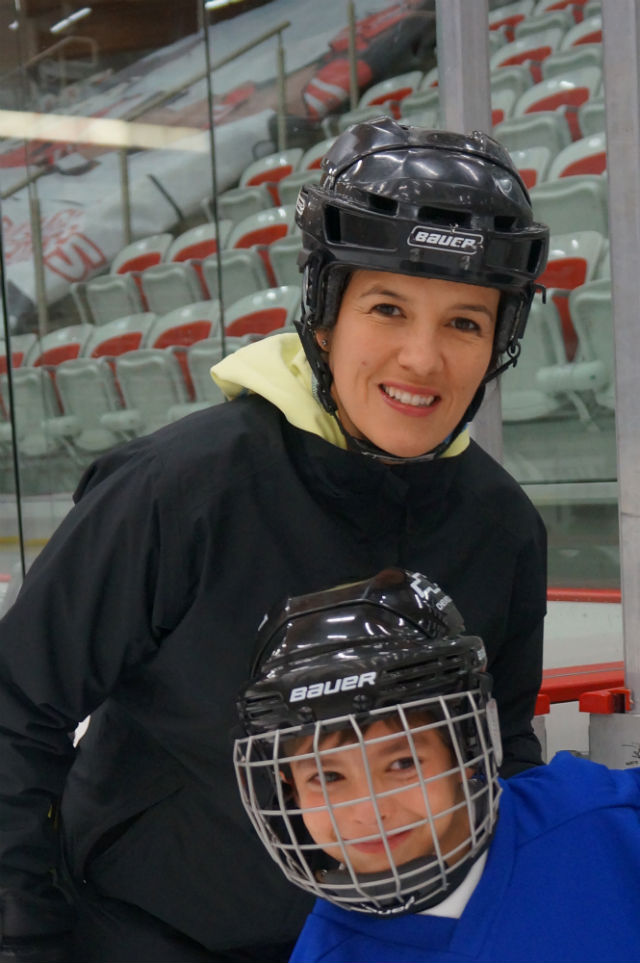
As Cassie Campbell-Pascall sees it, “we need to understand our role, not just within hockey, but in minor sports in general. We need to ask our coaches “what are goals for the team for this year?” Is it about having fun? Is it about teaching our kids about respect and responsibility and hard work and teamwork and discipline and competition and all those things? Or is it about just winning? It’s really really fun to win, but do you remember how many games you won last year? Do you remember the tournaments you went to though, and the fun times you went to with your teammates? That’s what we remember.”
She talks of the experiences the team had at hotels and on trips – bonding, co-operating and growing as human beings. That’s what makes sport transformative.
I was interviewed as part of the evening and it’s obvious that these Olympians touched me deeply. Thanks, Chevrolet for putting safety and fun into sport.
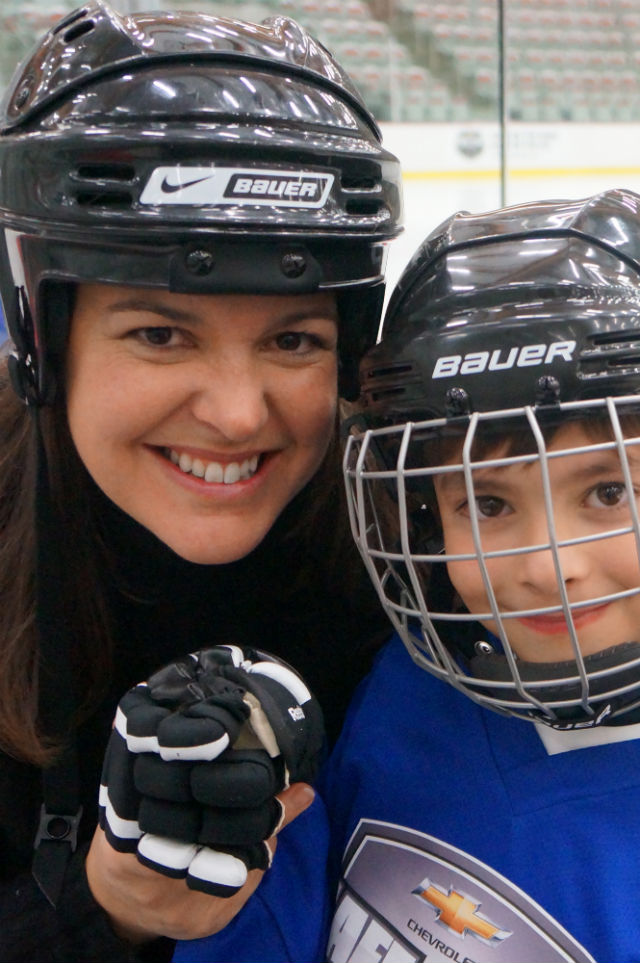
Just when we thought the #ThankYouMom Sochi 2014 video was the pinnacle of awesome. Now, In the first ever program of it’s kind, P&G is helping parents remember that a safe home is a happy home.
Our homes can be deceptive. We feel so safe and comfortable that we may overlook a few dangers for ourselves and our children. Part of the ritual when we are pregnant and new parents includes endless research on ‘babyproofing’. But are we so distracted by the mounds of advice that we are forgetting the big stuff?
 I am horrible with money. I don’t like talking about it, negotiating or thinking about it. I come from a family who was fixated on saving and gifting money. Fights over who pays the bill at brunch and then the expectation of endless thank yous made me tempted to skip the meal in the first place. I know I’m an ostrich and want savings made simple, but really, I shouldn’t blame anyone but myself. I’m certainly not setting a good example for the kids with my avoidance.
I am horrible with money. I don’t like talking about it, negotiating or thinking about it. I come from a family who was fixated on saving and gifting money. Fights over who pays the bill at brunch and then the expectation of endless thank yous made me tempted to skip the meal in the first place. I know I’m an ostrich and want savings made simple, but really, I shouldn’t blame anyone but myself. I’m certainly not setting a good example for the kids with my avoidance.
I’ve decided to take part in the Family Financial Challenge and would love to encourage you to join me by sharing your own tips to save money throughout the month of February.
Here are what I’ll be focusing on each week:
• Week 1 – Cash, Cash, Cash
• Week 2 – Food
• Week 3 – Family
• Week 4 – Clothes
Financial guru Gail Vaz-Oxlade. will be participating in a Chatelaine Twitter Party on Thursday, February 6 from 7 p.m. – 9 p.m EST. We’d love for you to join the conversation by tweeting to @GailVazOxlade and @Chatelaine using the hashtag #SavingMadeSimple with all of your questions. Learn more on Chatelaine!
So my goals? For this first week I’m focused on CASH to see where my money actually goes. (bites nails).
First I signed up on mymoneymychoices.com to begin the 23 step guide. By following the process I will examine your financial habits, understand where mymoney goes and set up financial goals. The tasks below are going to be painful but worth it!!
• I will set up my personal profile on mymoneymychoices.com
• I completed the first activity which includes a six month personal spending analysis, debt repayment plan, net worth statement and personal budget.
• After setting up my family budget, I will be living on CASH for the remainder of the month divided into jars.
• I will complete a spending journal and document every purchase, payment and credit coming into and out of your account for the next month.
I think I’d rather get a root canal. That is all.
Depending on how this all unfolds I may just be able to share some cool tips with you. Or at least share what I TRY to accomplish. Wish me luck!!!
The continent of Africa has helped me fall more deeply in love this year and I couldn’t possibly set up a romantic Valentine’s dinner without giving a nod to its guttural beauty and spirit. In February I worked with kids in Liberia with Right To Play Canada and then my husband raised money in August for Canada’s first blood cord bank by summiting Kilimanjaro in Tanzania. Throughout the year, our kids’ school fundraised to build water wells in South Sudan.

